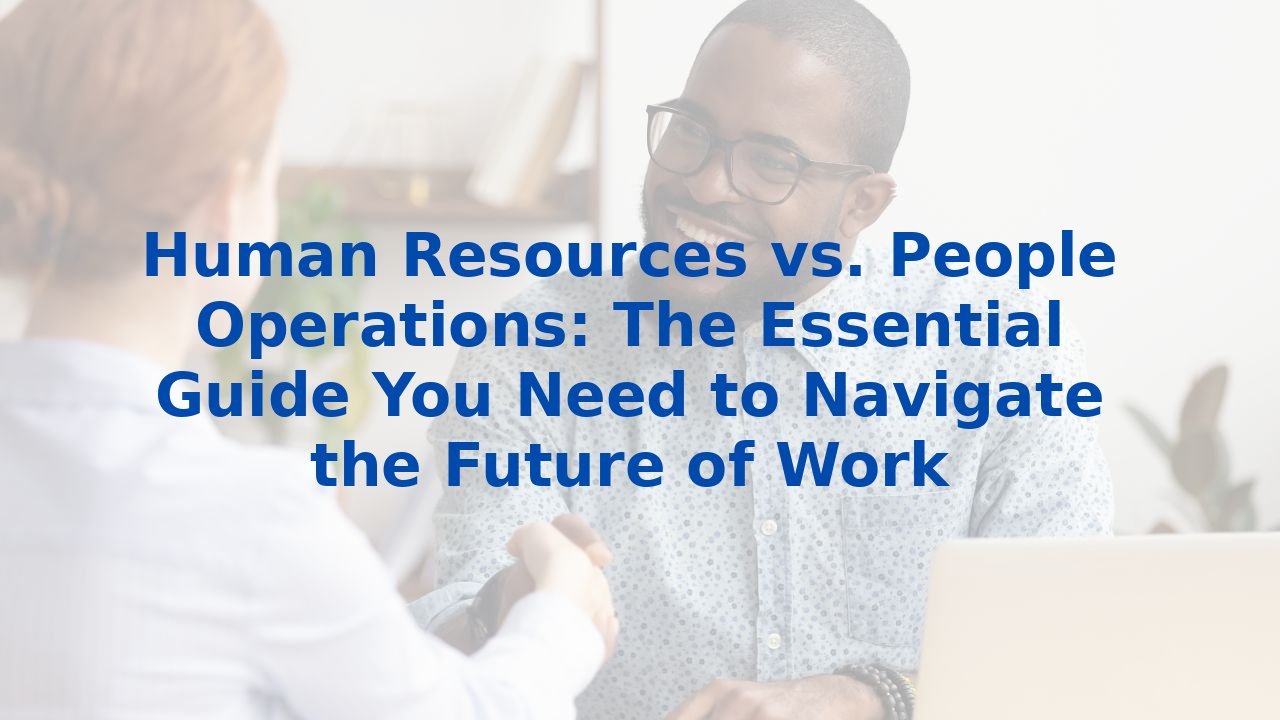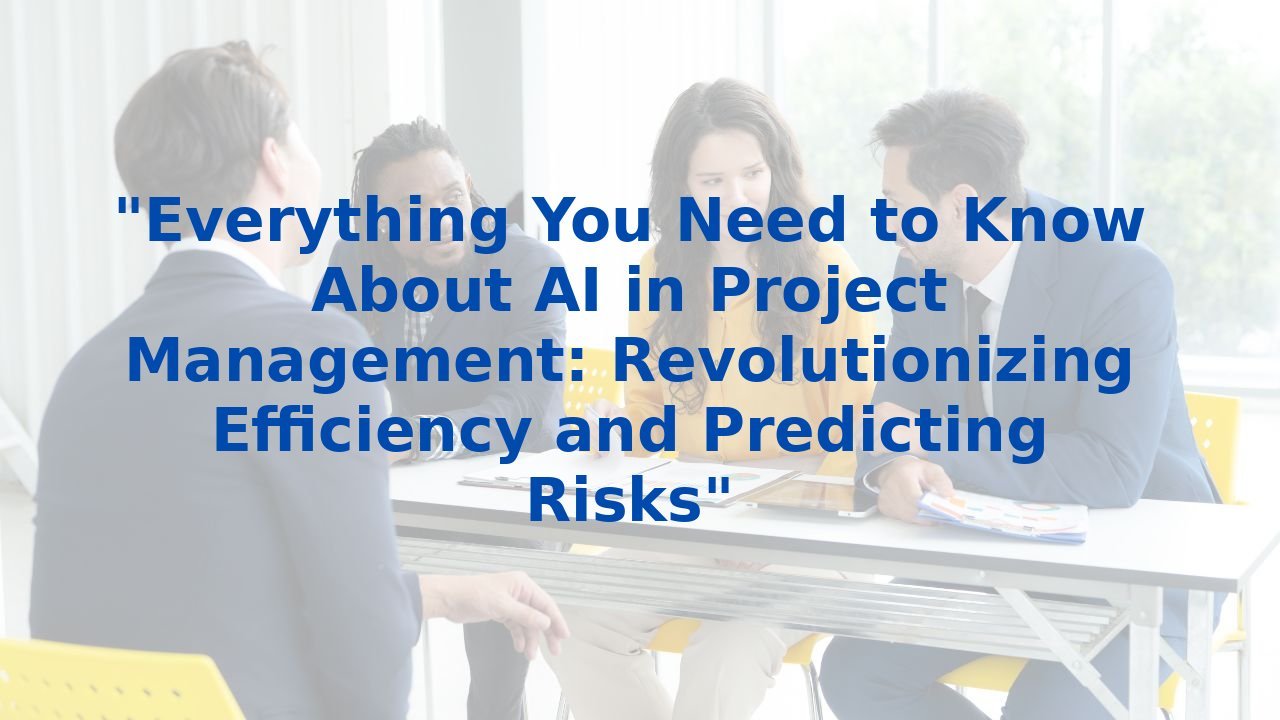Human Resources vs. People Operations: The Essential Guide You Need to Navigate the Future of Work
The Evolution of Human Resources and People Operations in the Age of AI
As organizations increasingly prioritize their most valuable asset—people—the fields of Human Resources (HR) and People Operations have evolved significantly. Though these terms are often used interchangeably, understanding their distinctions is vital for navigating the future of work effectively. This guide will explore the traditional roles of HR, the strategic focus of People Operations, and the pivotal role of AI in enhancing these areas to drive organizational efficiency.
Traditional HR: The Backbone of Employee Management
Historically, Human Resources has served as the backbone of employee management, responsible for a host of core administrative functions. Traditional HR focuses intricately on maintaining a well-structured and compliant workforce. Key responsibilities include:
- Recruitment and Hiring: Attracting talent and navigating the hiring process.
- Employee Relations: Addressing conflicts and ensuring a cohesive workplace.
- Compensation and Benefits: Overseeing employee pay scales and benefits packages.
- Compliance: Adhering to legal regulations and labor laws.
This foundational role is essential to support and protect the workforce, ensuring that businesses operate within legal parameters while addressing employee needs.
People Operations: A Strategic Partner for Growth
In contrast, People Operations dramatically shifts the focus from administrative tasks to strategic planning. This approach emphasizes aligning workforce strategies with overarching business objectives, nurturing employee experiences, and fostering a culture of continuous engagement. The focal points of People Operations include:
- Employee Experience: Cultivating an environment where employees feel valued and motivated.
- Data-Driven Decisions: Utilizing analytics to inform strategic initiatives and measure impact.
- Culture and Engagement: Building a robust workplace culture that inspires participation.
- Strategic Alignment: Partnering with leadership to ensure that workforce strategies contribute to organizational success.
This strategic orientation allows organizations to not only retain talent but also drive innovation through engaged employees.
The Overlap and Integration
While HR and People Operations serve distinct purposes, the line between them is becoming increasingly blurred. Modern organizations are beginning to merge these functions, using the strengths of both to create a well-rounded approach to workforce management. This integration offers:
- Enhanced Agility: The ability to pivot quickly in response to changing business needs.
- Improved Employee Retention: Creating an environment that nurtures and retains top talent.
- Proactive Problem-Solving: Identifying and addressing potential issues before they impact the organization.
The Future of Work
As we look toward the future of work, the need for a dynamic approach that synthesizes HR's operational excellence with the strategic foresight of People Operations becomes clear. Organizations that invest in empowering their employees and aligning them with the company's mission will see the greatest returns. Herein lies the transformative potential of AI.
How AI Enhances HR and People Operations
AI is revolutionizing the landscape of human resources and People Operations, enhancing processes to improve overall efficiency. Here are key areas where AI can make a substantial impact:
- Automated Recruitment: AI can efficiently source talent, streamlining the initial stages of recruitment by filtering resumes and predicting candidate success.
- Predictive Analytics: By analyzing historical and real-time data, AI can help predict employee turnover, identify potential conflicts, and fine-tune compensation packages.
- Enhanced Employee Experience: AI-powered chatbots can provide employees with instant support, addressing queries and fostering an inclusive culture.
- Compliance Management: Automated systems can track compliance with legal requirements, ensuring organizations meet regulations effectively.
- Data-Driven Decisions: AI analytics can generate insights, guiding strategic decisions from talent management to workplace enhancements.
Benefits of Training Employees for AI
For organizations aiming to maximize the advantages of AI, training employees to work effectively with these tools is essential. The benefits include:
- AI Literacy: Employees develop skills necessary to communicate with AI systems effectively, realizing their capabilities and limitations.
- Ethical Use: Training emphasizes understanding the ethical considerations surrounding AI, ensuring responsible usage regarding data privacy and legality.
- Integration: Employees learn how to embed AI into their workflows, enhancing productivity and operational efficiency.
- Continuous Learning: Ongoing training maintains a culture of adaptability, ensuring staff remain current with new developments.
Conclusion
The differences between HR and People Operations are essential to grasp the changing dynamics of workforce management. Through AI, organizations can streamline HR functions while fostering innovation within People Operations, improving efficiency across the board. Coupling this advancement with employee training creates a resilient workforce equipped for the future of work, where human potential meets technological innovation.



